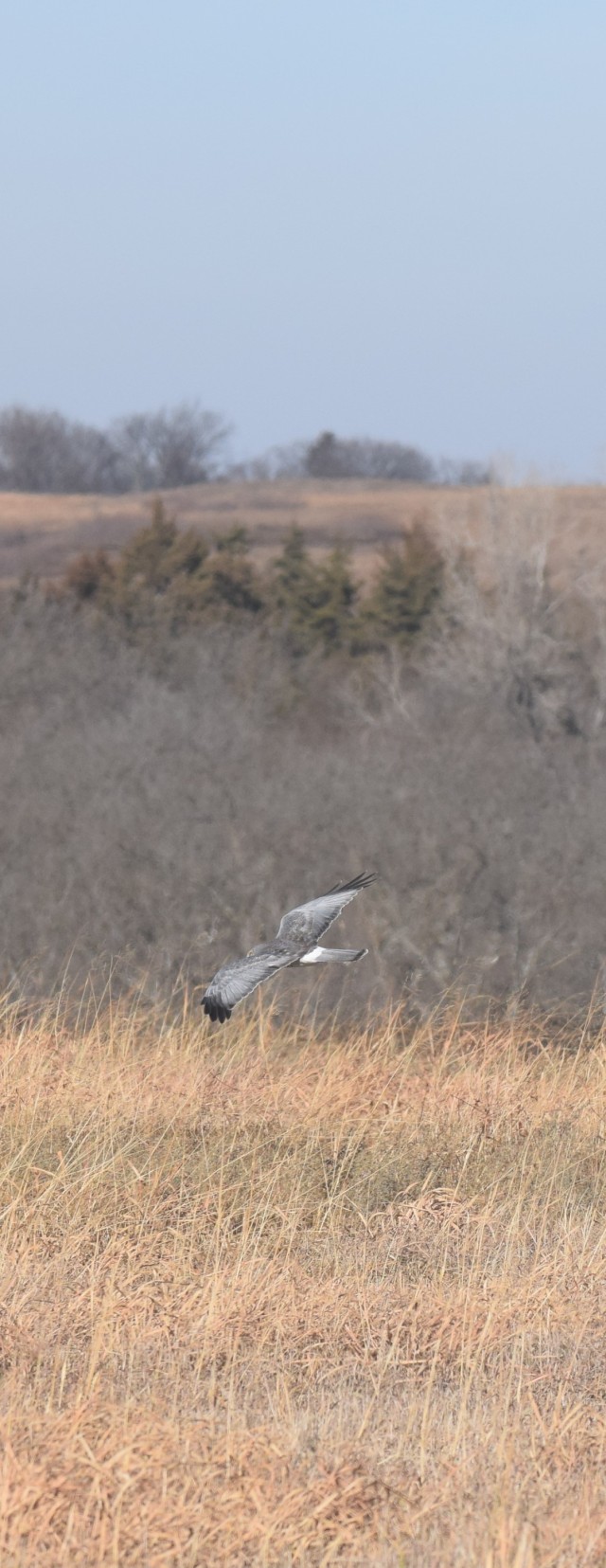More than 70 species of birds were identified on Fort Riley during the annual winter, or Christmas, bird count Dec. 13.
Mike Houck, wildlife biologist with Fort Riley Directorate of Public Works, said among the less common birds spotted were the vesper sparrow, the winter wren, hermit thrush, northern shrike and a brown thrasher. The brown thrashers are usually seen on Fort Riley in the summer, he said he had never seen one here in the winter.
According to a Winter Bird Count fact sheet, counts have been conducted on Fort Riley since 2009. In that time, 82 species and more than 27,000 individual birds have been recorded on post.
The protocol for this count is the same as the Audubon and the Kansas Ornithological societies Christmas Bird Counts and the results are shared with KOS Kansas Bird Records Committee.
Biologists from the Fort Riley Environmental Department, staff from Kansas Fish and Wildlife Service and volunteers, split up and, beginning early in the morning, looked and listened for the different species.
Houck went north of Vinton Road and by noon had counted more than 30 species. He said the Christmas Bird Counts, which are conducted throughout the country, produce a picture of what birds are at Fort Riley during the winter.
"It gives us a baseline of what species we have during that time of year," he said. "During the late spring and summertime, we do what we call breeding birds survey. The birds we survey at that time are going to be every bird that we have that's going to be nesting."
Knowing what birds are on post helps with land management.
"If there's a species that's rare or is protected, we want to know that so that we can use that in our management practices," he said. "For instance, Henslow's sparrows -- the state listed them as a species in need of conservation. The Army has them listed as a species at risk because it's a grassland-specific sparrow that lives in tallgrass prairie. Us, being in the tall grass prairie, think of it as fairly common, but it's really not if you look at the big picture nationwide. There's very few of them nationwide and they are localized."
The Audubon Society website says the Henslow's sparrow "has seriously declined in much of its former range and should be considered threatened."
Houck said knowing if the Henslow is present will give them direction on how to manage the prairie for their protection.
This particular species prefers prairieland and will nest in areas that have not been burned for a year or two. Knowing that, they might have a stand of new trees cleared, or when developing a burn plan, work around the birds' nesting time.
One of the less common species for this area, Houck said he has seen on Fort Riley was the white-tailed kite, which was spotted a couple of years ago.
"We get we get some birds here in Kansas that you would never think we'd see -- like brown pelicans from coastal areas," he said. "There's always some strange bird that ends up coming through."
A few years ago, there were snowy owls spotted.
Although the bird count may be over, Houck said if people see birds that are out of the ordinary for the area, he would like to hear from them. They can call him at 785-239-6211.


Social Sharing